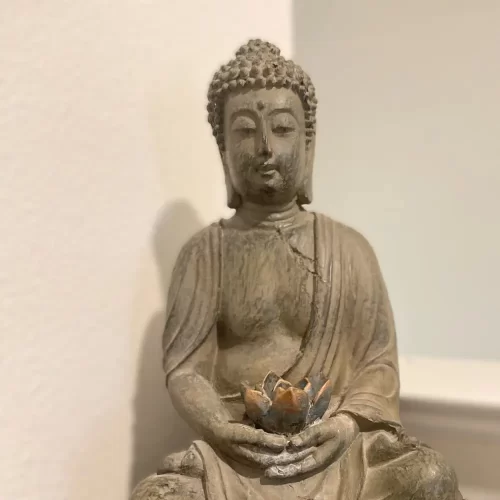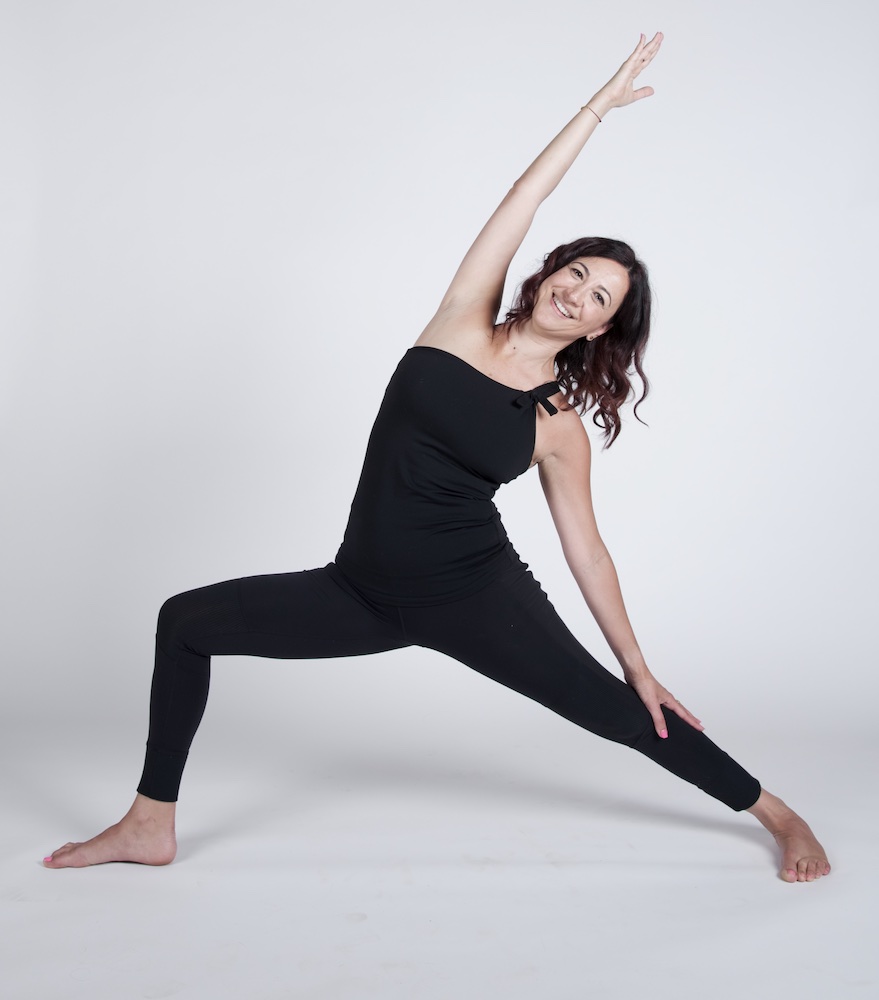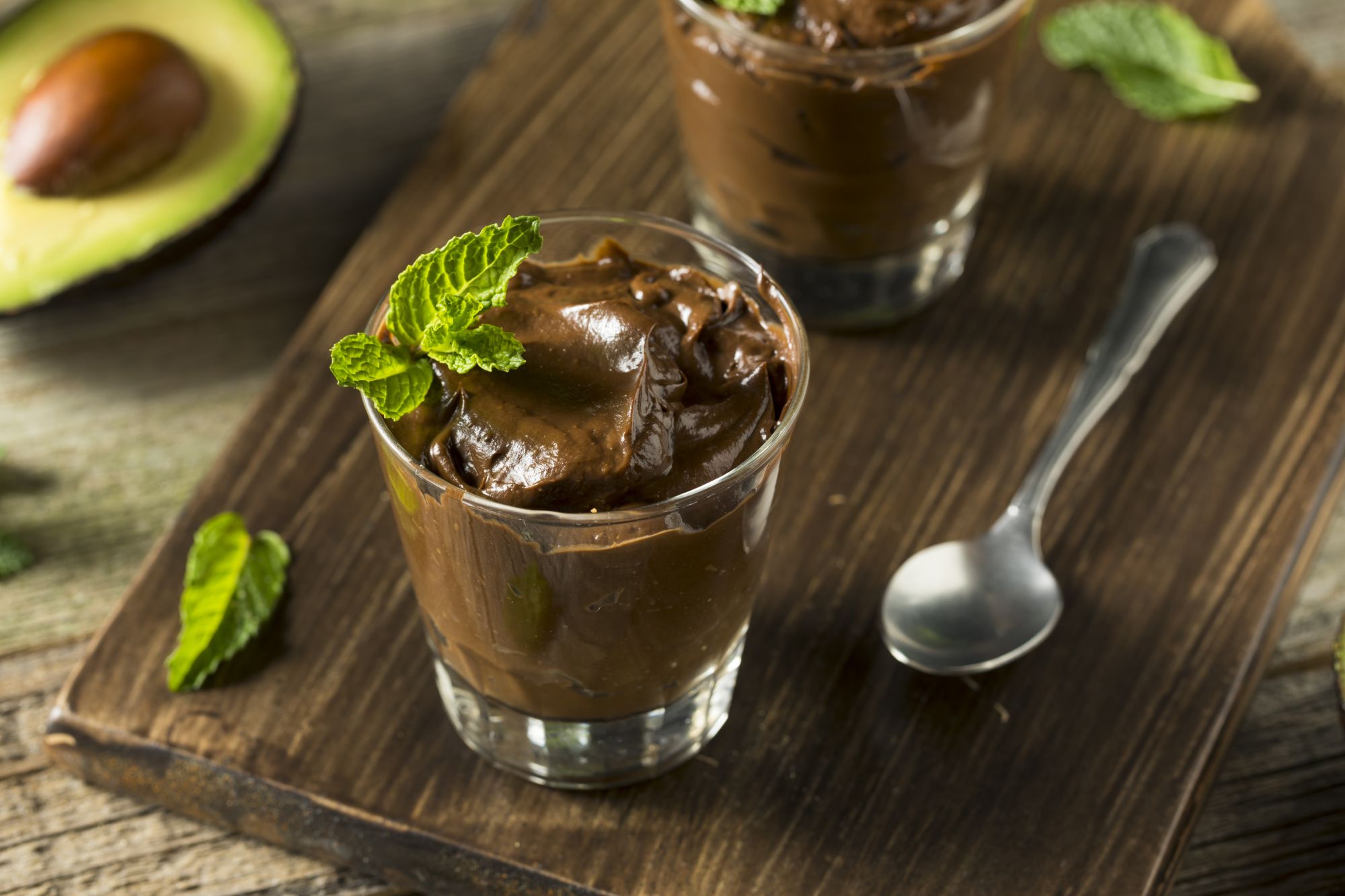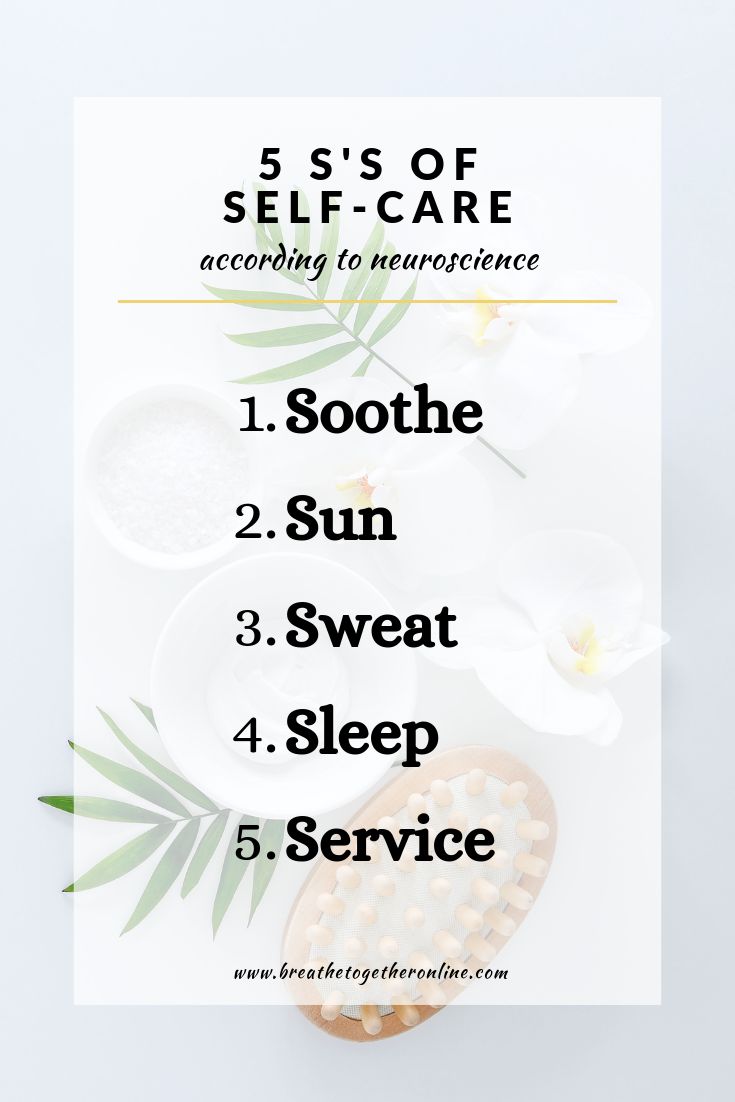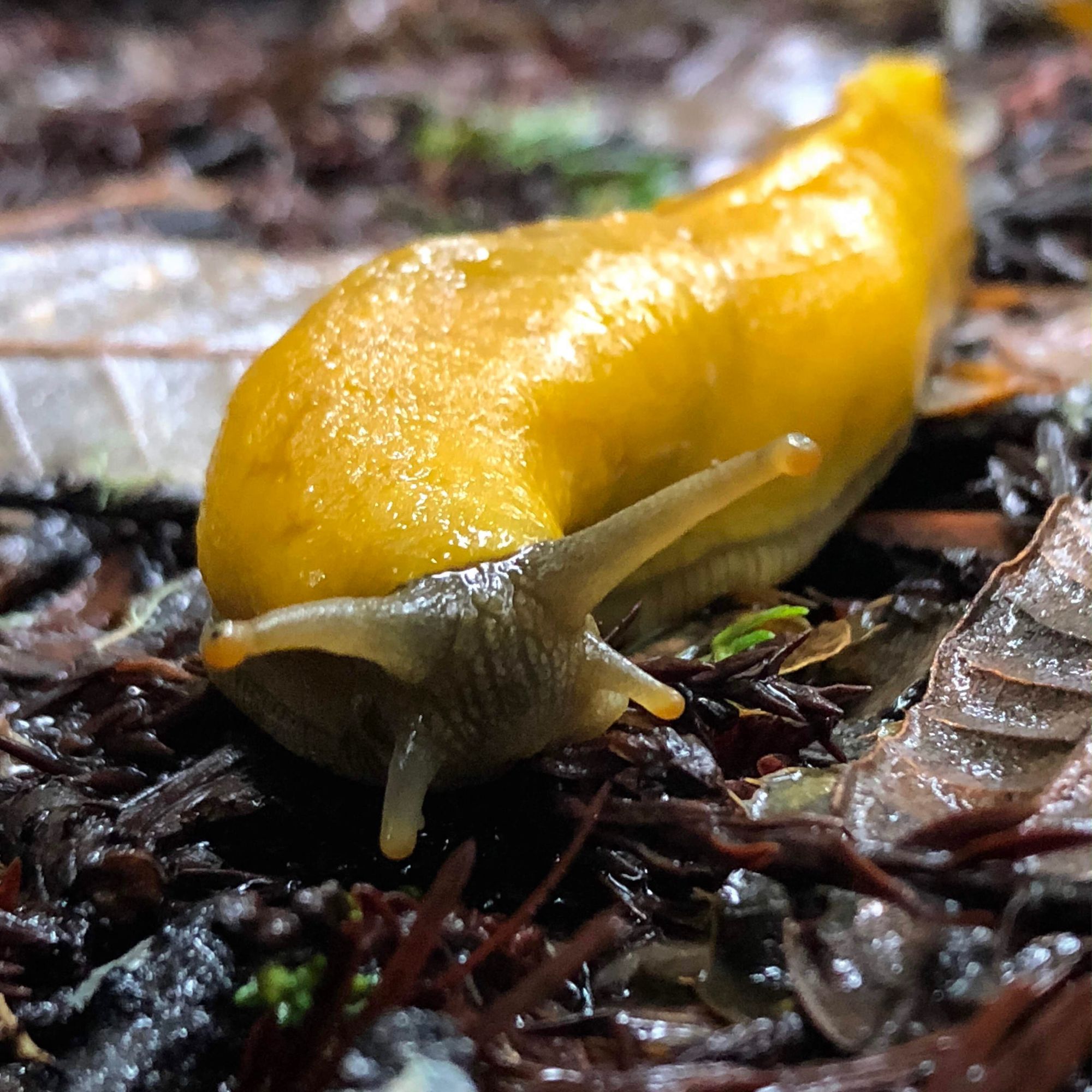A few years ago, I hired an organizational consultant to help me declutter and create a home that sparked joy. It was, for the most part, a beautiful experience… except for when it came to my books.
I saw a meme on social media once that described my relationship with books in a relatable manner, “I have come to learn that buying books and reading books are actually two separate hobbies, and I love them both.”
Yep, that’s me – a hundred percent.
While this is certainly not a bad hobby, I do live in a small house. And although my Pinterest board showcases all these adorable ways to display books—on staircases, crisscrossing over hallways, neatly stacked on bookshelves—let’s be real. It’s not quite translating into reality.
Yet, when the consultant and I graduated onto the ‘books’ category, well – I had to put my foot down, my body clenched, sweat dripped from my forehead, looking at her like she was about to ask me to part with a limb.
“I’m not ready to go through the books,” I said, standing on guard. I feared she would ask me to do it. Try to reason me into doing it. Dare I say..hold me accountable for doing it. At that moment, I realized the meme wasn’t so funny anymore. I had an unhealthy relationship in front of me — a hoarding of stories, a clinging to beautiful words, a safety raft of knowledge at my fingertips. It turns out, the stack of books in front of me needed more than just a tidying-up session.
There were the poetry books that soothed me on glum days, the novels with characters I adored, and the self-help books I turned to whenever I didn’t feel enough. They were all different forms of comfort. Then there were the cookbooks, untouched for years, with the faint hope that one day I’d return to leisurely days of exploring new recipes. And of course, the childhood books, the Little Miss and Mr. Series, that even my kids had outgrown, but I couldn’t bear to part with. Nostalgia is one complex emotion.
I wanted to loosen the grip of these things I clung to.
I tried the standard decluttering methods, reminding myself that I could always get the same book later if I really wanted, or if I hadn’t touched it in a year, it was time to let it go. But the discomfort stayed put. I mean, what if I didn’t have it when I needed it? What if –gasp– I was in a crisis and needed the exact answer that was tucked in between pages 57 and 58 of a long-forgotten self-help book?
There were endless what-if questions that kept surfacing until a more effective one snuck through. What is it that I do not have within me?
Of course, there is so much I have yet to learn. But, do those answers really lie within the overflowing set of books in my living room? Holding on, it seems, was rooted in a lack of self-trust. A deceptive narrative that what I had within me simply wasn’t enough. Ouch.
I gently reminded myself of my strengths: resourcefulness, curiosity, and openness to new perspectives. These qualities meant that I would always be open to seeking the answers—both within and outside of me—when the time was right. I could find what I needed when I needed it. I didn’t need to hold on tightly to the hypothetical what-ifs. And so, the process of letting go began.
But here’s the thing I’ve learned about letting go: whether to a physical item, a person, or a long-held belief, there’s discomfort at first. Suddenly, there’s an unfamiliar space, and though the grasping has stopped, the desire to grasp has a residual period.
And that’s where this practice of observing can be of benefit. Whether in meditation or asana (yoga posture), watching the desire to grasp a thought or moment, arise. To observe, without judgment, is such a powerful lesson. Observing with curiosity instead of judgment can allow us to inquire with curiosity: “Huh, what’s this grasping like today? Is it strong? Desperate? Nostalgic?” No matter the reason, we can still let go of what no longer serves us.
Sometimes, letting go can even be a creation of something new. After all, remember those Little Miss and Mr. books? Those are now sprinkled around the house. In nooks and crannies. Spreading joy in creative new ways.

